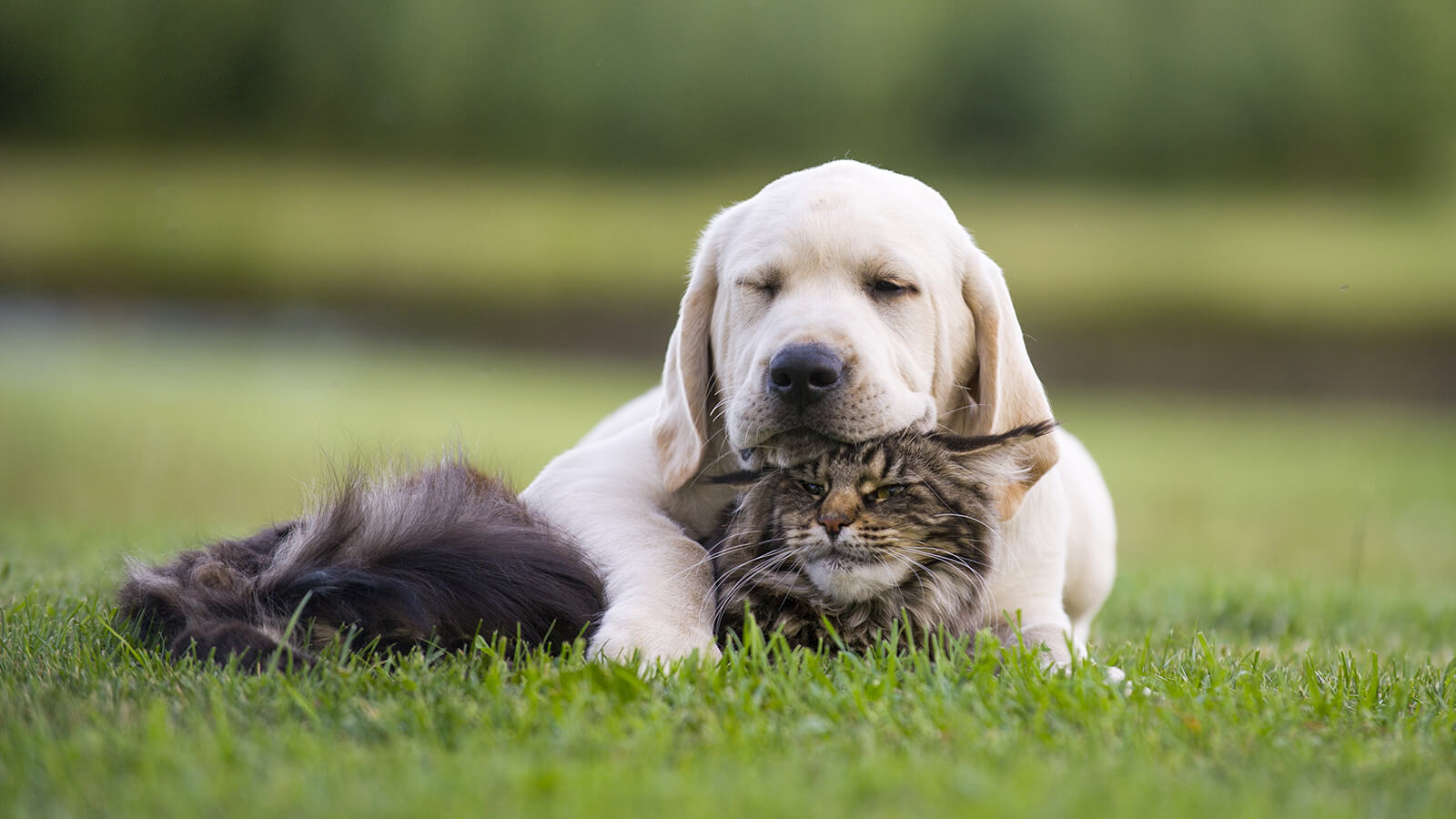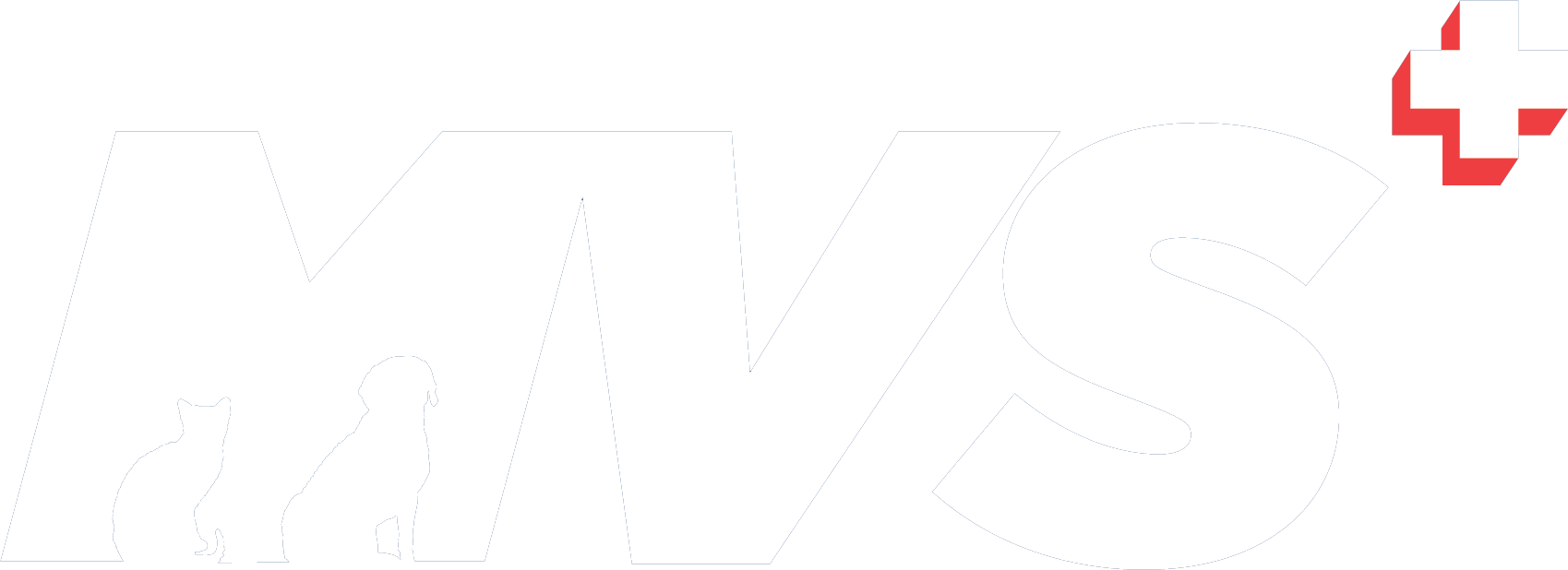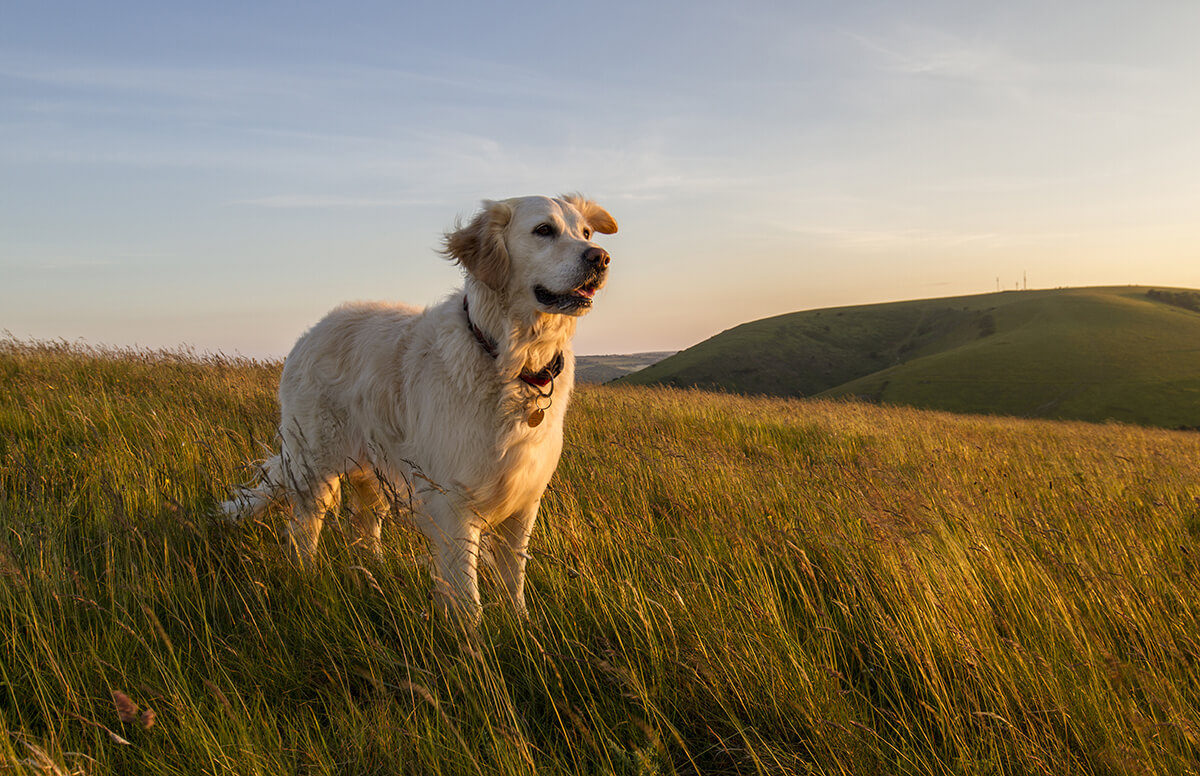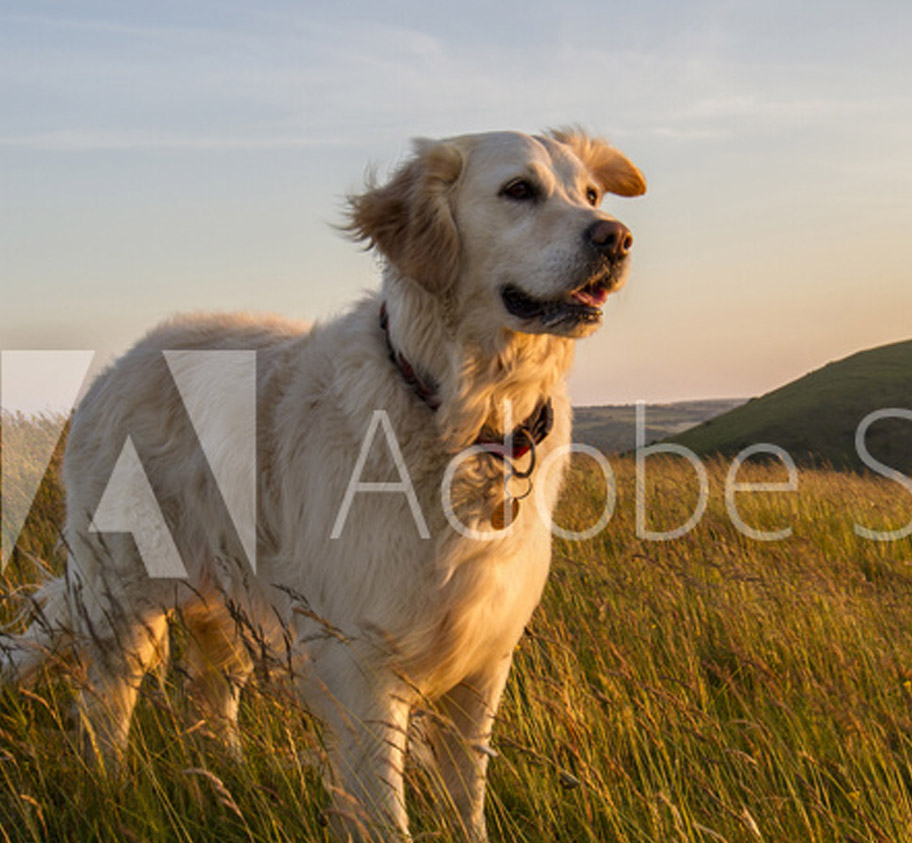
 Menu
Menu
Collateral Ligament Injury of the Tarsus

Collateral Ligament Injury of the Tarsus
The tarsus is similar to the human ankle. It is a complex structure consisting of four main joints formed by a number of small bones. The uppermost joint of the hock where the long bones of the lower leg (tibia and fibula) meet the tarsal bones is termed the tarsocrural joint. This is where the vast majority of movement in the hock joint occurs. This joint is supported by medial and lateral collateral ligaments located on either side of the joint. Both collateral ligaments have long and short components. The long parts serve to limit extension, and the short parts prevent hyperflexion.
Cause
Collateral ligament injuries tend to be associated with acute trauma such as falls or twisting injuries. They may also be seen in association with open wounds or shearing injuries following a road traffic accident for example.
Signs
Any age or breed and either gender of dog or cat may be affected. Most animals show a variable degree of hind limb lameness. Some animals have an associated open wound over the tarsus. The injury may be associated with luxation (dislocation) of the hock and the paw may deviate at an unnatural angle. In cases where the short arm is affected in isolation, there can be minimal instability within the joint. Pain, swelling, and crepitus (crackling) may be present.
Diagnosis
Following a detailed orthopaedic examination on your pet, an experienced orthopaedic surgeon may be able to identify instability of the joint associated with collateral ligament damage. Normal and stress radiographs may be performed to confirm the instability and also to identify any fractures at the injury site. Manipulation under sedation or anaesthesia is sometimes necessary to characterise the type of injury sustained.
Treatment
Primary surgical repair
This procedure aims to repair and reattach damaged ligaments. A variety of methods may be used to achieve repair such as suturing of torn tissues, reattachment of ligaments using bone tunnels to anchor the suture, imbrication or overlap of soft tissues to reduce laxity and confer strength to the joint. Any fractures are repaired at the same time using screw or wire fixation.
Synthetic Prosthesis
If good repair or reattachment of the ligament is not possible, the repair can be augmented by synthetic ligaments. Synthetic ligaments provide extra support to the joint while the damaged ligament and joint capsule (connective tissue encompassing the joint) are healing. Synthetic ligaments may be constructed using screws and synthetic suture material.
External Skeletal fixation
In some cases, the tissues are merely supported by placing an external skeletal fixator across the hock (transarticular) . This technique uses pins entering the bone which are connected with a bar outside the skin. This provides support to the joint and allows the soft issues to repair and hopefully provide longer term stability.
Pantarsal Arthrodesis
However, if damage to the cartilage and bone is severe, pantarsal arthrodesis should be considered. Arthrodesis means the surgical fusion of a joint. The bones forming the hock joint are permanently joined together so that there is no movement in this part of the limb. Arthrodesis is a salvage procedure that is generally only performed when there are no other options to save the function of the joint. This may be used if ongoing osteoarthritis is problematic but can be considered a primary treatment option if the damage to the hock is severe in the first instance.
Outcome
The outcome in many cases is favourable, although some degree of joint stiffness and lameness with osteoarthritis may result.
Stay in touch
Follow us on social media and keep up to date with all the latest news from the MVS clinic.



